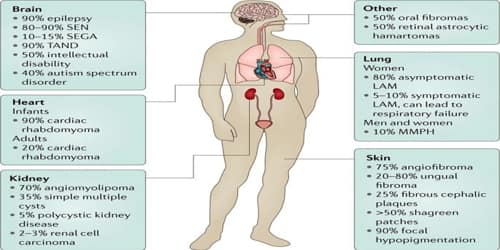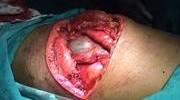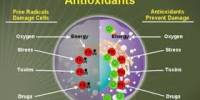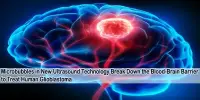Tuberous Sclerosis
Definition: Tuberous sclerosis (TS), or tuberous sclerosis complex (TSC), is a rare genetic condition that causes noncancerous, or benign, tumors to grow in people’s brain, other vital organs, and skin. Sclerosis means “hardening of tissue,” and tubers are root-shaped growths. Tuberous sclerosis is present from birth, although it may not cause obvious problems immediately.
The name, composed of the Latin tuber (swelling) and the Greek skleros (hard), refers to the pathological finding of thick, firm, and pale gyri, called “tubers”, in the brains of patients post-mortem. These tubers were first described by Désiré-Magloire Bourneville in 1880; the cortical manifestations may sometimes still be known by the eponym Bourneville’s disease (English: /bɔːrnˈviːl/) or Bourneville–Pringle disease (after Bourneville and John James Pringle).
The tumors can look like thick or light patches on people’s skin, and if they’re in their lungs, they can cause breathing problems.
Treatments can help people manage their symptoms and live an independent life. Between 1 million and 2 million people around the world have this condition.
The full name of “tuberous sclerosis complex” is preferred among medical professionals and researchers today because the disease has manifestations outside of the brain. Furthermore, the name reduces confusion with tuberculosis, a more well-known disease.

Causes, Sign, and Symptom of Tuberous Sclerosis: Tuberous Sclerosis (TS) is caused by changes (mutations) in either the TSC1 or TSC2 gene. These genes are involved in regulating cell growth, and the mutations lead to uncontrolled growth and multiple tumors throughout the body.
The tumors caused by tuberous sclerosis can result in a range of associated health problems, including:
- epilepsy – a condition that causes seizures (fits)
- learning disabilities
- behavioral problems – such as hyperactivity or an autistic spectrum disorder
- skin abnormalities – such as patches of light-colored or thickened skin, or red acne-like spots on the face
- the kidneys not working properly
- breathing difficulties
- a build-up of fluid on the brain (hydrocephalus)
About a third of people inherit TSC (tuberous sclerosis complex) from a parent. If one of the people’s parents has it, they have a 50% chance of getting it.
There’s a broad range of symptoms of TS, which vary greatly from one person to another. Very mild cases can present few, if any, symptoms, and in other cases, people have a variety of intellectual and physical disabilities.
The symptoms of TS can include:
- developmental delays
- seizures
- intellectual disabilities
- an abnormal heart rhythm
- noncancerous tumors of the brain
- calcium deposits on the brain
- noncancerous tumors of the kidneys or heart
- growths around or underneath the fingernails and toenails
- growths on the retina or pale patches on the eye
- growths on the gums or tongue
- pitted teeth
- areas of the skin that have decreased pigment
- red patches of skin on the face
- raised skin with a texture like an orange peel, which is usually on the back
People’s symptoms depend on how many tumors they have, how big they are, and where they are. When people have TSC, all of that can change throughout their life.
Diagnosis and Treatment of Tuberous Sclerosis: No pathognomonic clinical signs for TSC complex are seen. Many signs are present in individuals who are healthy (although rarely), or who have another disease. In order to meet diagnostic criteria for TSC complex, an individual must either have: 1) Two or more major criteria; or 2) One major criterion along with two or more minor criteria.
There is no cure for tuberous sclerosis, but there is a range of treatments for many of the problems caused by the condition.
For example:
- epilepsy may be controlled with medication or, in some cases, surgery
- extra educational support can help children with learning disabilities
- challenging behavior and psychiatric problems – such as autism, anxiety or depression – can be treated with behavioral interventions and medication
- brain tumors can be surgically removed or shrunk with medication
- the facial rash can be treated with laser therapy or medication applied to the skin
- medication can control symptoms caused by reduced kidney function and can help shrink kidney tumors
- lung problems can be treated with medication
Research has found that mTOR inhibitors, which interrupt the chemical reactions needed for tumors to grow, may be a useful treatment in the future.
Information Source:
















